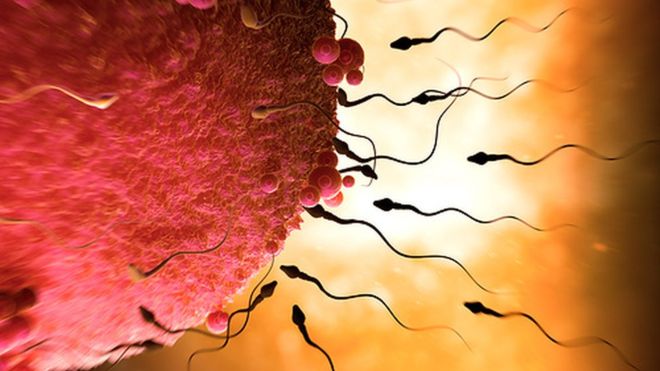"The appearance of children without a mother!" How to create a popular scientific article. Five easy steps

No, scientists have not figured out how to make "children without a mother," nor did they come closer to creating an embryo without using an egg. The article, published in Nature Communications, triggered a flurry of futuristic headlines to circumvent the basic “sperm + egg = embryo.” Many stories have argued that researchers approached the use of skin cells, instead of an egg, to make a child. This, they said, could make it possible for a gay couple to have a child by combining one person's sperm with another person's skin cells. Continued under the cut ...
But these headlines and stories often omit an important detail: the researchers, led by Tony Perry, an embryologist from the University of Bath in the UK, determined that a large number of eggs, called oocytes, were needed - for mouse embryos to appear. The ovum instead of the “standard method” began to be divided by the signal from the chemical. (This is usually fertilization with sperm, which provides this signal.) This means that they began to grow into parthenogenetic embryo, an unusual type of early embryo, one might say, pseudo embryo. Cells in a pseudoembryo contain only half of the chromosomes, because they begin to divide from an egg cell that has not been fertilized. When scientists took one cell from two pseudo embryo cells — about half a day after they had tricked an egg, by starting cell division — and then sperm is injected into the cell, sometimes this combination continues to develop into the mouse embryo. The authors report that approximately one quarter of the pseudoembryonic cells fertilized with sperm make embryos.
This is a bit interesting for people who study cell divisions and their fertilization in harsh everyday life, therefore, the comment that the work was (“technical tour de force” *) was a scientific breakthrough received with the help of the Press Service of the Institute in London (SMC) from Robin Lovell and Francis Crick and distributed to journalists. But this has nothing to do with the idea of creating an embryo without using an egg cell. Since most school textbooks of biology explain that only a combination of sperm and egg cells can create a new organism due to the fact that each of them contains only half of the chromosomes (haploid cells), unlike other cell types. Cells with the usual number of chromosomes are called diploid. The skin cells are definitely not haploid, and no one came close to understanding how to do this.
Good or bad, but so far eggs are indispensable.
So, now without further ado: a recipe for making modest news from the world of biology with paper and pen, into a blockbuster story. This is how she rattled recently in the media:
1. Take one phrase, with lots of terms: “Mice are obtained by mitotic reprogramming of sperm injected into haploid parthenogenetic embryos”
2. And translate it into the most accessible language: Nature Communications as follows . Mouse sperm is introduced into a modified, inactive embryo, allowing you to produce healthy mouse offspring. And add to this the headline: Mouse sperm can generate viable offspring, without fertilization in the egg.
3. Enlist the support of press release writers, and invite newspaper authors to the conference in London. The heading of the press service of the London Institute (SMC): “Creating embryos without an egg cell”
4. And add a laudatory quotation from a well-known and respected scientist that this is a scientific breakthrough (“technical tour de force”)
5. Bake for 24 hours without additional information, and get the result: The
headline in The Telegraph: "Making orphans possible, as scientists create living offspring without an egg"
Well, or: The
heading in The Guardian: "Skin cells can be used instead of an egg, to create embryos, scientists say."
Congratulations, you are beautiful.
A source:www.sciencemag.org/news/2016/09/motherless-babies-how-create-tabloid-science-headline-five-easy-steps
Comments from the translator: In the Russian media, this news also thundered with funny headlines:
BBC Russia: “The birth of children may be possible without the participation of the egg”
Medportal.ru: “ Are the eggs no longer needed for fertilization?”
* Technical tour de force - English phraseological unit (Scientific breakthrough - the most accurate translation into Russian)
